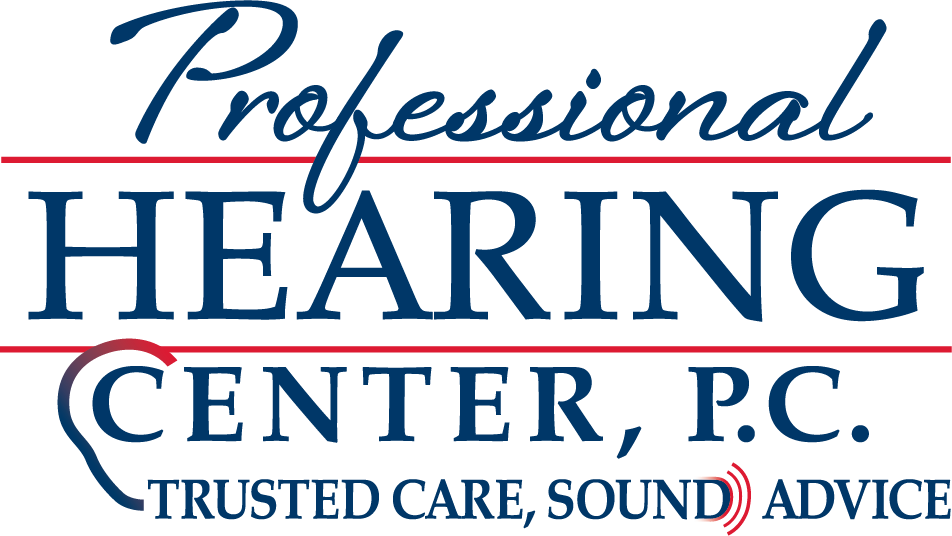
Hearing loss is often seen as an unavoidable part of aging, but the truth is that much of it is preventable. The slow decline in hearing isn’t just a outcome of time passing but a consequence of accumulated damage. Irreversible hearing loss accumulates with each exposure to noises like lawnmowers, overly loud earbuds, and concerts. Preventable hearing loss is not restricted to adults either, we’re seeing more and more cases in children too.
Around 34 million children around the world are experiencing hearing loss, and up to 60% of these cases are avoidable. When we consider adults, the numbers are even more striking, revealing a prevalent problem that demands attention.
Hearing loss’s modern contributing factors
Understanding today’s factors that play a role in hearing loss is important in determining why it has become so much more common. All of the different factors that are contributing to hearing damage work together in an interrelated way that increases the risks:
- Social Environments: There’s often an excessive amount of noise in modern social environments like restaurants and bars. The false impression that a noisy atmosphere equals success has led lots of businesses to increase their volume levels. Cumulative hearing damage can be the result of the background noise in these places, even if there is no live music.
- Technological Advancements: Perhaps the most substantial factor in the increase of hearing loss is the prevalent use of personal audio devices. It’s easier than it ever has been to listen to music and podcasts thanks to headphones and earbuds. However, the closeness of these devices to the ear, coupled with the tendency to increase the volume, can cause significant harm. The damage is often subtle, accumulating over time until it becomes obvious and irreversible.
- Urbanization and Population Density: The world’s cities are more densely populated than they ever were. With more people living close together, the volume levels in metropolitan environments have increased substantially. From traffic to construction, urban noise is a continuous assault on our ears, contributing to the growing occurrence of hearing loss.
It’s essential to recognize that while noise has always been a part of human life, from the roars of ancient beasts to the raging of steam engines, the contemporary world presents new difficulties. The prevalence of modern technology accompanied by current levels of noise has made hearing loss a lot more common.
Prevent hearing loss – practical steps
Why hearing loss remains such a prevalent problem is somewhat a mystery considering how preventable most forms are, particularly in children. Awareness and personal responsibility are the keys to prevention. Here are a few practical approaches to help maintain optimal hearing health:
- Utilize Hearing Protection: If you’re planning to be in a loud environment, such as a concert, or while running noisy machinery like a lawnmower, wearing hearing protection is essential. The risk of hearing loss will be significantly decreased by wearing earmuffs or earplugs which are affordable and readily available. A significant difference can be made by taking this basic and often disregarded step.
- Be Cautious of Moderate Noise Exposure: While the obvious hazard to hearing is exposure to loud noise, moderate noise can also be a risk if you’re exposed to it over long time periods. As an example, over time, city noise can result in damage even if it doesn’t seem that loud. You’re only likely to follow through with preventive steps if you understand the cumulative nature of hearing loss.
- Monitor The Volume of Your Earbuds: You can conveniently enjoy listening to your favorite media on personal audio devices like earbuds, but they also present a significant danger to your hearing if they aren’t used conscientiously. Many devices allow you to set a max volume limit, which can help prevent accidental exposure to hazardous sound levels. Taking the time to adjust these settings can prevent ongoing damage to your hearing.
- Leverage Technology for Hearing Protection: You can monitor whether your environment is getting too noisy by downloading an app that keeps track of external volume. These tools are invaluable for raising awareness and making informed decisions about your surroundings.
With hearing protection, knowledge is power
For those working in noisy environments like factories or stadiums, safeguarding hearing can be more challenging. However, rigorous occupational safety regulations are in place to safeguard workers’ hearing health. Becoming familiar with these rules and ensuring they are enforced can prevent occupational hearing loss.
Ultimately, the more informed you are, the better equipped you’ll be to safeguard your hearing. This knowledge extends beyond understanding your environment; it also includes being cognizant of workplace policies and seeking professional guidance when needed.
Consulting with us can supply valuable insights into your present hearing health and offer personalized recommendations for protecting your hearing. Bear in mind, hearing loss isn’t an inescapable fate. With the proper precautions and awareness, you can preserve your hearing health and appreciate the sounds of life for years to come.
